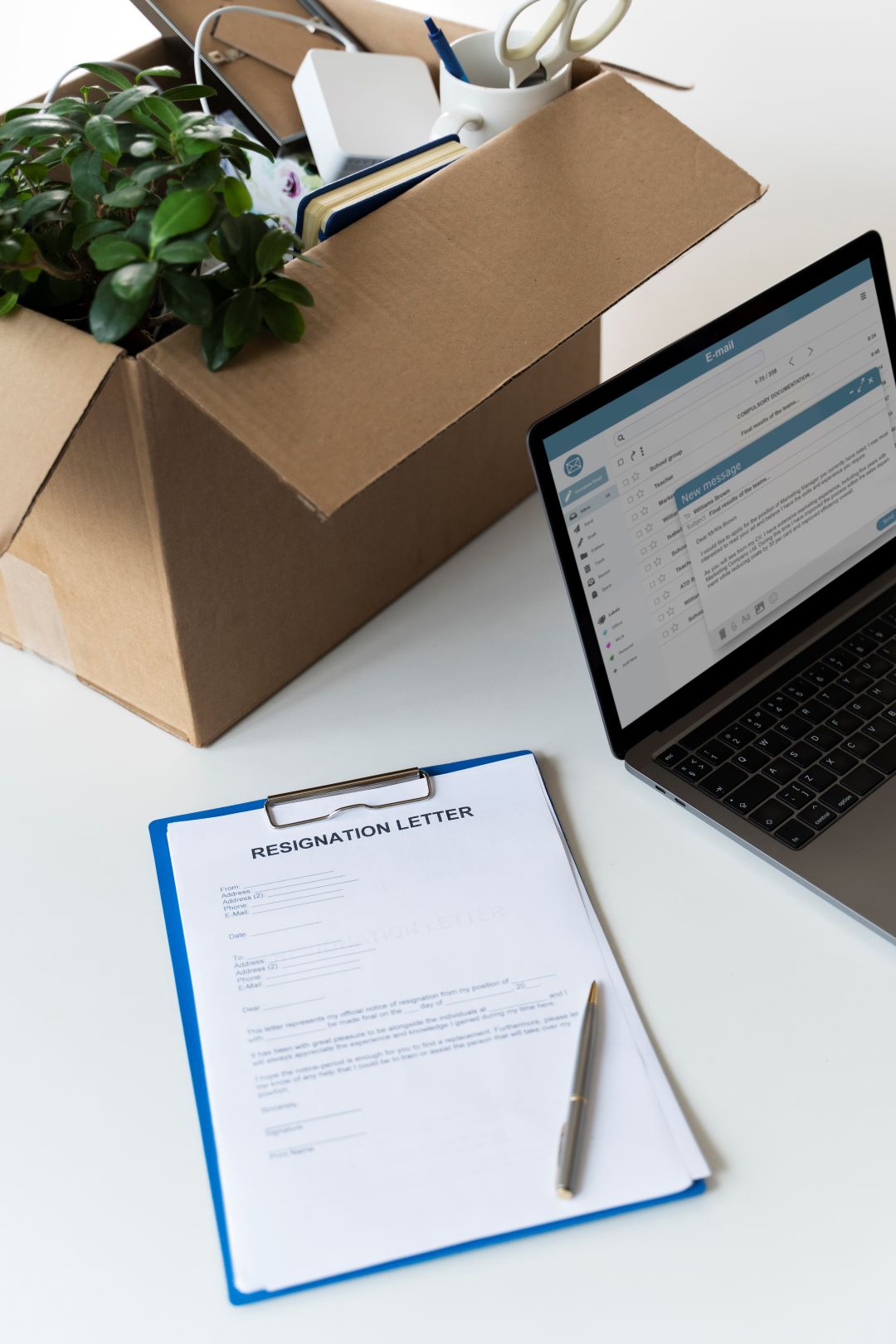What is the format of a Resignation Letter?
Resigning from a job can be a significant step in your career, and it’s important to do it professionally and courteously. One of the key elements in this process is crafting a well-structured resignation letter. A properly formatted resignation letter not only serves as a formal notice but also leaves a positive impression on your current employer, which can be beneficial for future references and networking. In this blog, we’ll explore the format of a resignation letter, explaining why each part is important, and provide tips on how to write a short and simple resignation letter that conveys your intentions clearly and respectfully.
What is the format of a resignation letter?
A resignation letter typically consists of the following components:
- Date: Start your letter by including the date when you are writing the letter. This establishes a clear timeline for your departure.
- Recipient’s Information: Include the name, title, and company of the person who will receive the letter. This ensures that your letter reaches the right person.
- Salutation: Use a formal salutation such as “Dear [Recipient’s Name]” to begin your letter. This sets a professional tone for the communication.
- Opening Paragraph: In the opening paragraph, state your intention to resign and provide the last working day, adhering to your notice period. This is the most crucial part of the letter as it conveys the primary message.
- Middle Paragraphs: Use this section to express gratitude for the opportunities and experiences you’ve had at the company. Briefly mention some positive aspects of your time there.
- Closing Paragraph: Offer your assistance in the transition, such as helping find and train your replacement. Reiterate your appreciation for the company.
- Complimentary Close: Use a polite closing phrase such as “Sincerely” or “Best regards” followed by your name.
- Signature: Sign your name above your typed name. This personal touch adds authenticity to your letter.
How do I write a short and simple format of Resignation letter
Writing a short and simple resignation letter is essential to ensure your message is clear and concise. Here’s a step-by-step guide to help you craft one:
- Choose the Right Time: Plan your resignation carefully, considering your notice period and the timing of your departure. Be prepared to discuss your decision with your supervisor before submitting the letter.
- Use a Formal Tone: Remember that this is an official document. Maintain a professional, respectful tone throughout the letter.
- Keep It Brief: Avoid unnecessary details or explanations. Get straight to the point by stating your intention to resign and your last working day.
- Express Gratitude: Briefly mention the positive experiences and opportunities you’ve had in the company. This leaves a positive impression and can be helpful for future references.
- Offer Assistance: Display willingness to help with the transition. Mention that you’re open to helping with finding and training your replacement.
- Proofread: Before finalising your letter, proofread it for any errors, and ensure it is free from any negative or emotional language.
- Submit in Person: Whenever possible, deliver your resignation letter in person to your immediate supervisor or HR department. If you need to send it via email, follow up with a hard copy.
- Prepare for Discussion: Be ready to discuss your resignation with your employer. They may have questions or require further information.
Expand Your Talent Pool with DEIjobs! Register HERE and Dive In!!
Join DEIjobs to connect with a diverse talent pool, including candidates with disabilities, women, LGBTQ+ candidates, war veterans, and women on a career break.
FAQ’s
Do I need to provide a reason for resigning in my letter?
No, it’s not necessary to provide a reason in your resignation letter. You can note down your reason for resignation and your last working day. However, if you choose to, you can express your reasons briefly in the middle paragraphs of the letter.
How much notice should I give in my resignation letter?
The notice period you should give is typically outlined in your employment contract or company policies. It’s usually two weeks, but it can vary. Make sure to adhere to the notice period to leave on good terms.
Can I use the resignation format on mail, or should I do it in person?
While it’s generally more professional to resign in person, sending an email can be acceptable, especially if meeting in person is not feasible. If you send an email, follow up with a printed copy to ensure it’s documented.




